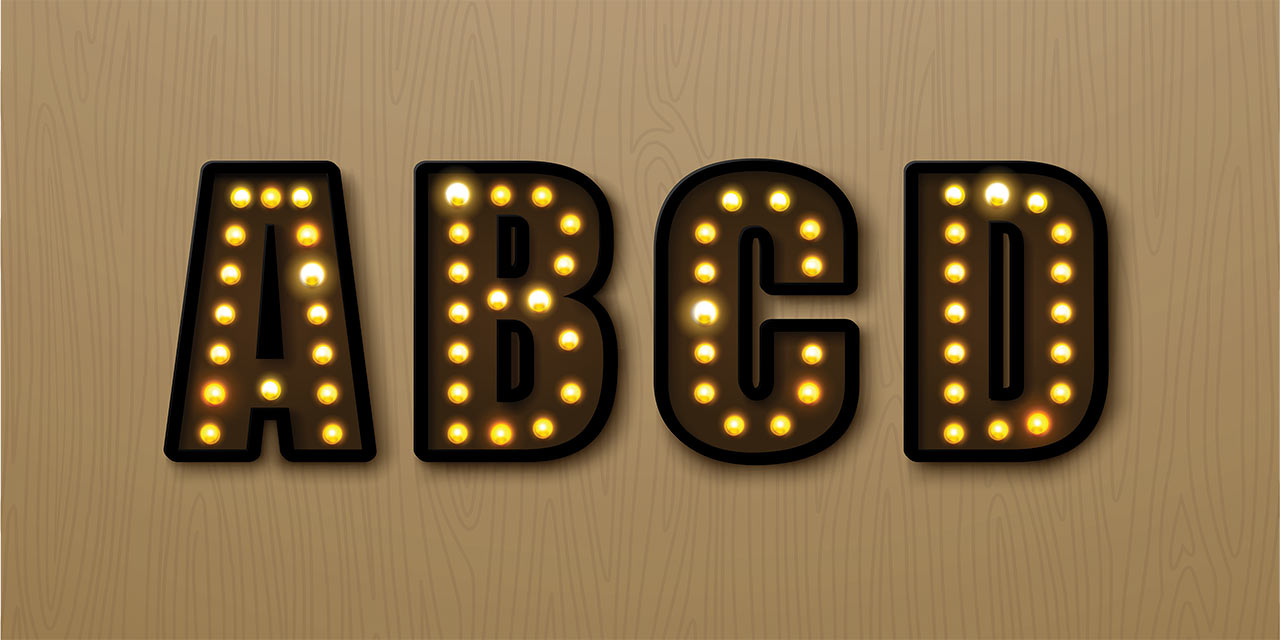How do clickers work? In this blog post, we’ll cover the kinds of clicker devices available, and offer some use cases to aid student learning. Clickers first appeared around 20 years ago and have evolved significantly alongside technology and new learning techniques, although a wide variety of types exist.
Want to read stories on how professors are using the latest generation clickers in their classrooms? Download our new ebook, How to Use Clickers in Your College Classroom: The Professor’s Guide to Classroom Response Systems.
What are clickers?
Often called classroom response systems, audience response systems or student response systems, clickers are handheld devices that students use to respond to questions or polls during lectures. They normally have multiple option buttons, and are generally powered by AAA batteries. Newer clicker systems are smartphone-based.
Clickers are purchased outright by students from campus bookstores. Prices can range from $10–$100 depending on the system the instructor or campus technology center has chosen. An instructor may also have to set up a corresponding system to handle clicker inputs on his or her end.
How do clickers work?—The mechanics
A whitepaper from Carnegie Mellon University lists the three main technologies that make classroom clickers work. These are as follows:
Infrared: These devices work like a traditional television remote control, and require line-of-sight between the audience and the receiver, which can be challenging to arrange in larger classrooms (and frustrating and distracting for students). They also only operate one-way, meaning students cannot see if their response has been recorded. However, they are the most straightforward option, with the lowest cost and battery power.
Radio: Instead of a TV remote, think battery-powered RC helicopter or drone. Radio frequencies work in larger classrooms and with more people, and can work two ways. Challenges can include increased cost, as well as interference between classrooms and with other electronic devices, of which there are considerably more these days than when clickers were first introduced.
Wi-Fi/Apps: Many existing clicker companies are migrating to apps that work through a school’s Wi-Fi network, requiring that students bring their laptop or cellphone to class. The Wi-Fi network must be robust enough to handle multiple simultaneous connections, sometimes hundreds. Top Hat is often considered a classroom clicker, and while that’s partially true, the platform encompasses a lot more, including embedded interactive textbooks.
How do clickers work?—The uses
-
-
1. Attendance
-
For very large classes such as freshman introductory classes, clickers are a classic way of taking attendance, particularly if a student’s attendance counts towards course credit. It may be the only option beyond a manual paper-based sign-on sheet, although edtech expert Derek Bruff does point out that if not implemented mindfully clicker attendance policies can cause resentment.
There is also the risk that students can give others their clickers to “check in” on their behalf. Yes, this is a thing that happens.
My man has 9 clickers lined up and ready. If you can’t hold down your squad like this, you’re useless 😂😂 pic.twitter.com/Hsx7mB2GCV
— Oluwagerald 🇭🇹 (@JerryNotGerry) April 17, 2018
-
-
2. Checking understanding…and speed adjustment
-
If you’re teaching in a flipped classroom model, in which you assign lectures for students to watch before attending class, you can verify whether students have completed their work—and understand the concepts—by offering one or more polls at the beginning of class. If your students largely understand so far, then you can go into more complex topics, or straight to any practical or lab work.
If some knowledge is missing, you have the option of slowing down to focus on any difficulties, or going back over previous material.
If nobody has read the material, you’ll know and be able to deal with that situation. Of course, if let your students know in advance there will be a poll, they’re more likely to do their pre-class reading/viewing.
-
-
3. Active learning
-
As well as using clickers for assessing comprehension, they can be part of your arsenal for active learning—essentially, any in-class task that isn’t students sitting and listening to you talk.
One technique that is well-suited to clickers is “think-pair-share,” where you pose a question (think), your class breaks into small groups (pair), and then a selection of those groups reports on their findings (share).
One option: Use a clicker poll in the “think” section to ask a yes/no question. If the response is sufficiently polarized, tell your students to find a person who disagrees with them and ask them to try to convince each other. You can use this in humanities or social science for a disputed opinion, or in STEM subjects for a question over process or technique. Ask a few groups to present, and then take the lesson forward from there.
The benefit of think-pair-share, and of active learning in general, is that it gets students out of the habit of passively consuming or even just pressing buttons on their clicker, and talking to one another instead. You can read more about think-pair-share, and other techniques that can be adapted for clickers, in our active learning guide.
-
Understanding your students through the data they generate
Any time you put together a question or take attendance, you’re collecting information that you can use to guide your course design.
Some questions to get you started: Aggregate your attendance data to see how it changes throughout the semester. Where are the soft spots? Is there room to mix things up a few weeks in? And, does the level of prior knowledge for each successive class increase or decrease?
There may be too many variables for you to do a truly scientific examination of the data you’re getting, but you can still use it to tweak your course each semester, and set your students up for success.
How do clickers work?—A free download and more discussion
If you’re investigating clickers as a solution in your class, you’ve likely found a great deal of information online already—but as clickers are an entrenched technology, much of what you see is at least a decade out of date. Considering using clickers in a 21st-century classroom? Check out our newly published free e-book, How to Use Clickers in Your College Classroom: The Professor’s Guide to Classroom Response Systems.
We’ve interviewed several professors about their successes and challenges, and have many more tips on how clickers and clicker-related technology can fit in with modern education techniques. Download the PDF by filling in the form below.
Related story
Should every student have a cell phone in school? Yes, but with a plan


